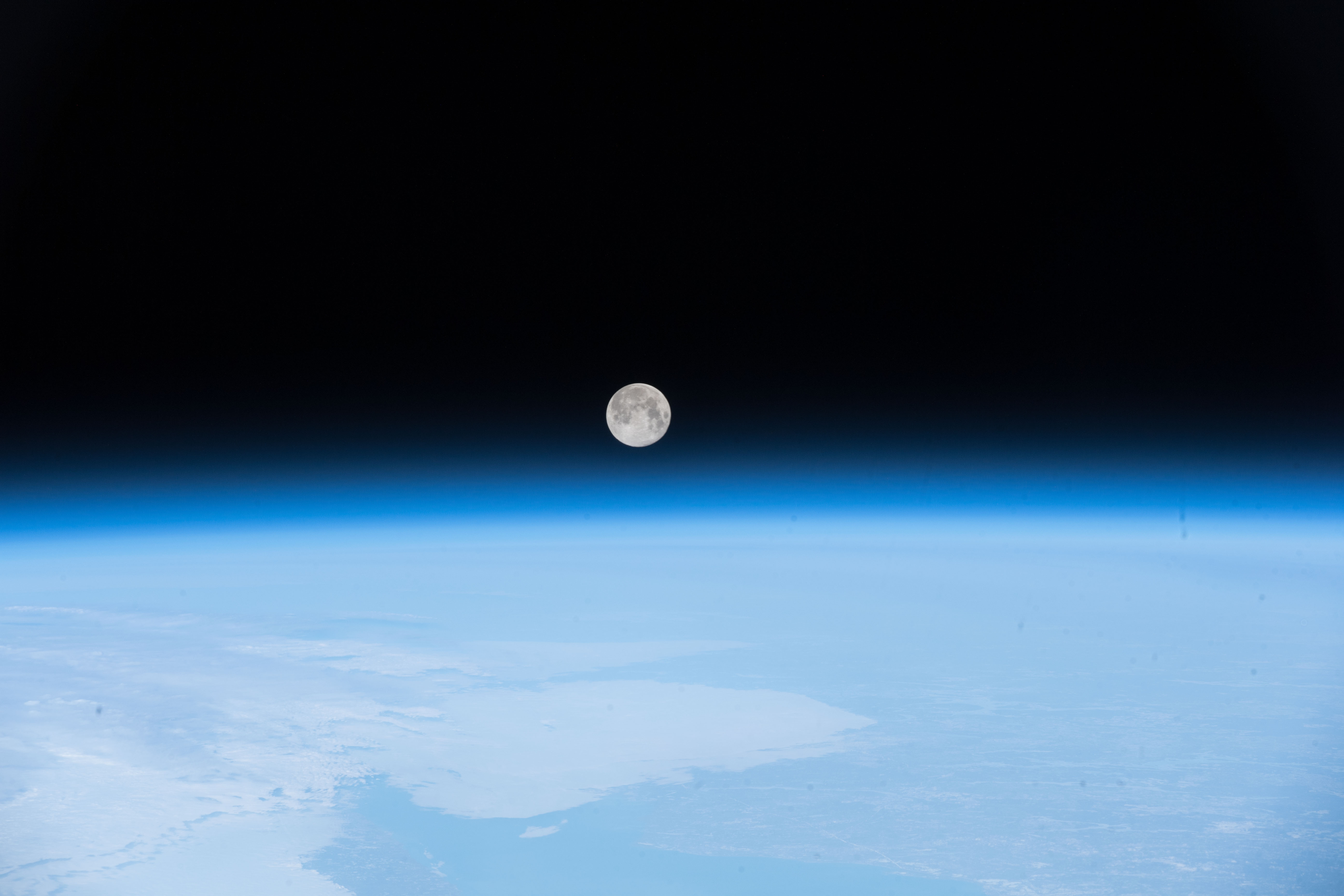Moon Brightness Mystery Prompts Launch of Airborne Telescope
A flying telescope recently captured some of the most accurate measurements ever of the brightness of the moon.
The mission was the latest venture in a long-standing quest to better gauge the amount of sunlight that reflects off the moon. Today, scientists' best measurements are accurate to only within 3% to 5%. But because Earth-observing satellites use the moon to calibrate their measurements, researchers would prefer to see that uncertainty reduced to less than 1%.
Most past studies tried to estimate the moon's brightness using telescopes that remained perched on Earth. That's an inconvenient location for such measurements, since the Earth's atmosphere gets in the way: Some wavelengths of light get absorbed in our planet's atmosphere in unpredictable ways, skewing scientists' measurements.
Video: How to Measure Moonlight from a Flying Telescope
Related: Amazing Moon Photos from NASA's Lunar Reconnaissance Orbiter
In theory, researchers could launch detectors into space to gather sharper data, but scientists can't easily access those instruments for calibration. So scientists used NASA's high-altitude ER-2 plane, which can fly about 13 miles (21 kilometers) above sea level. That's twice the typical cruising altitude of a commercial airplane and allows the telescope to get above 95% of the atmosphere.
The moon-measuring mission, called Airborne Lunar Spectral Irradiance Mission (air-LUSI), made several flights from NASA's Armstrong Flight Research Center in California. Onboard was roughly 500 lbs. (225 kilograms) of equipment, including a telescope for collecting moonlight, a camera to find the moon and an LED light source to calibrate the system when the plane arrives at the right altitude.
"The data we collected … looks really nice," John Woodward, a physicist with participating organization the National Institute of Standards and Technology (NIST), said in a statement. "The whole team has done a great job getting this instrument to fly, and the ER-2 team at Armstrong has been a great partner in making this a success."
Breaking space news, the latest updates on rocket launches, skywatching events and more!
As with all science experiments, the results will need to be verified with more observations. But so far, scientists are confident that the flights in November will be "of significant use to the satellite-calibration community," NIST physicist Stephen Maxwell said in the same statement.
Besides experiencing the pure scientific joy of learning exactly how much moonlight the moon generates, scientists can use the flying measurements to better calibrate imagers aboard satellites, according to the statement. These imagers collect information about Earth phenomena, like weather patterns or vegetation types, and these data can help human populations increase crop yields and deal with emergencies, among other uses.
To collect those data, the imagers use wavelengths of light that reflect off the Earth. Of course, there are no vegetation types on the moon, but satellites can use our neighbor as a target to calibrate their imagers, according to NIST. The calibration process ensures that one isn't seeing "green" while another views "yellow," NIST explained in the same statement. "The moon makes a convenient target because, unlike Earth, it has no atmosphere and its surface changes very little," NIST added.
That agency won't limit its moonbeam collection to flying telescopes, either. Using the flying observatory's results, the researchers will conduct another moonlight-collection experiment, at the Mauna Loa Observatory in Hawaii, which sits roughly 2.1 miles (3.4 km) above sea level. Mauna Loa's stable ground position allows for longer observing times than air-LUSI can achieve, but the telescope will still have to peer through dozens of miles of atmosphere.
- Earth's Plant Life from Space in Photos: NASA Satellite Images
- In Photos: 8 Months on 'Mars' with the HI-SEAS Mission V Crew
- Photos from SOFIA, NASA's Flying Telescope (Gallery)
Follow Elizabeth Howell on Twitter @howellspace. Follow us on Twitter @Spacedotcom and on Facebook.


Elizabeth Howell (she/her), Ph.D., was a staff writer in the spaceflight channel between 2022 and 2024 specializing in Canadian space news. She was contributing writer for Space.com for 10 years from 2012 to 2024. Elizabeth's reporting includes multiple exclusives with the White House, leading world coverage about a lost-and-found space tomato on the International Space Station, witnessing five human spaceflight launches on two continents, flying parabolic, working inside a spacesuit, and participating in a simulated Mars mission. Her latest book, "Why Am I Taller?" (ECW Press, 2022) is co-written with astronaut Dave Williams.

